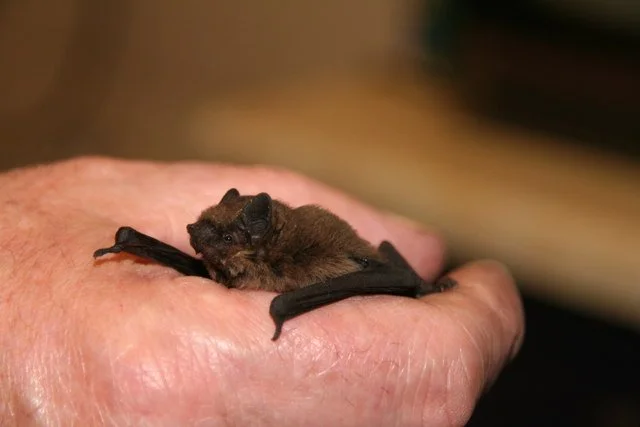An Insight into Bat Surveying
Bats are incredible creatures, the only mammal capable of true flight and able to use echolocation for hunting and communication.
Bats play an important role in many habitats around the world. Either as pollinators in the tropics or through insect control. Bats also act as ‘indicator species’, signifying the health of wider habitats.
In the UK they are protected under the Wildlife and Countryside Act 1981 and the Conservation of Habitats and Species Regulations 2017.
Because of these protections bats are a crucial species to consider when conducting new building, restoration or clearance works. At Exo we can assist clients with conducting both phase 1 and phase 2 bat surveys.
The first stage (Phase 1) of conducting a bat survey is to establish the presence of Preliminary Roost Features (PRF’s) of a tree or building. This survey is called a Preliminary Roost Appraisal (PRA). This survey looks for features where bats could roost, such as cracks in walls, gaps under roof tiles or rot holes in trees.
If PRF’s are confirmed on the structure they are given a rating as to their potential to support roosting bats, from negligible, low, moderate, or high. If negligible no further surveys are required, however if they are given a score of low-high then further surveys are required.
For tree roosts there is a suitability categorisation of PRF-I or PRF-M. PRF-I PRF is only suitable for individual bats or very small numbers of bats either due to size or lack of suitable surrounding habitats. PRF-M PRF is suitable for multiple bats and may therefore be used by a maternity colony.
‘Yarbie’ the Common Pipistrelle Bat - Chris, Geograph, Yarbugh 2010. CC
Under the law it is an offence to;
Deliberately capture, injure, or kill a bat.
Deliberately disturb a bat.
Damage or destroy a breeding site or resting place of a bat (bats do not have to be in occupation at the time).
Possess or control a bat.
Transport a bat.
Sell or exchange a bat.
Offer for sale or exchange any bat, alive or dead, or any part of a bat.
Setting up the shot takes some time, but provides the best results!
This next survey stage (Phase 2) is known as Emergence surveys. This involves at least 2,possibly 3, surveys at dusk to observe whether bats emerge from the building or tree in question. These surveys must be done during the bat active season, April to September, with at least one of the surveys taking place during peak activity in the summer months. As well as recording absence or emergence, the survey will aim to capture the number of bats and the species present. These surveys involve the ecologist(s) standing outside of the building/tree looking for bats and listening for them using a bat detector when bats are most likely to be found using roost sites, around dawn. Depending on the size and layout of the building (or other structure), several surveyors might be required in order to observe all of the likely emergence points.
After each survey, camera footage and echo recording devices are reviewed. Following the end of the survey process, findings are written up into a report which will determine the next steps.
This could advise certain mitigation methods to avoid works during certain parts of the year, or if the works are likely to directly impact roosting bats a Natural England licence would be required.
There are two main licences which could be used, either a Bat Mitigation Class Licence (BMCL), commonly used for small roosts and common species or a European Species Licence (EPSL) for larger roosts and rarer species.
Exo has conducted over 30 bat surveys this year alone, recording numerous species across various habitats and in an array of different buildings and structures from WW2 era Nissen Huts to Historic Farmsteads. If your project requires a bat survey or if you need any ecological surveys or advice, please don’t hesitate to contact us!


